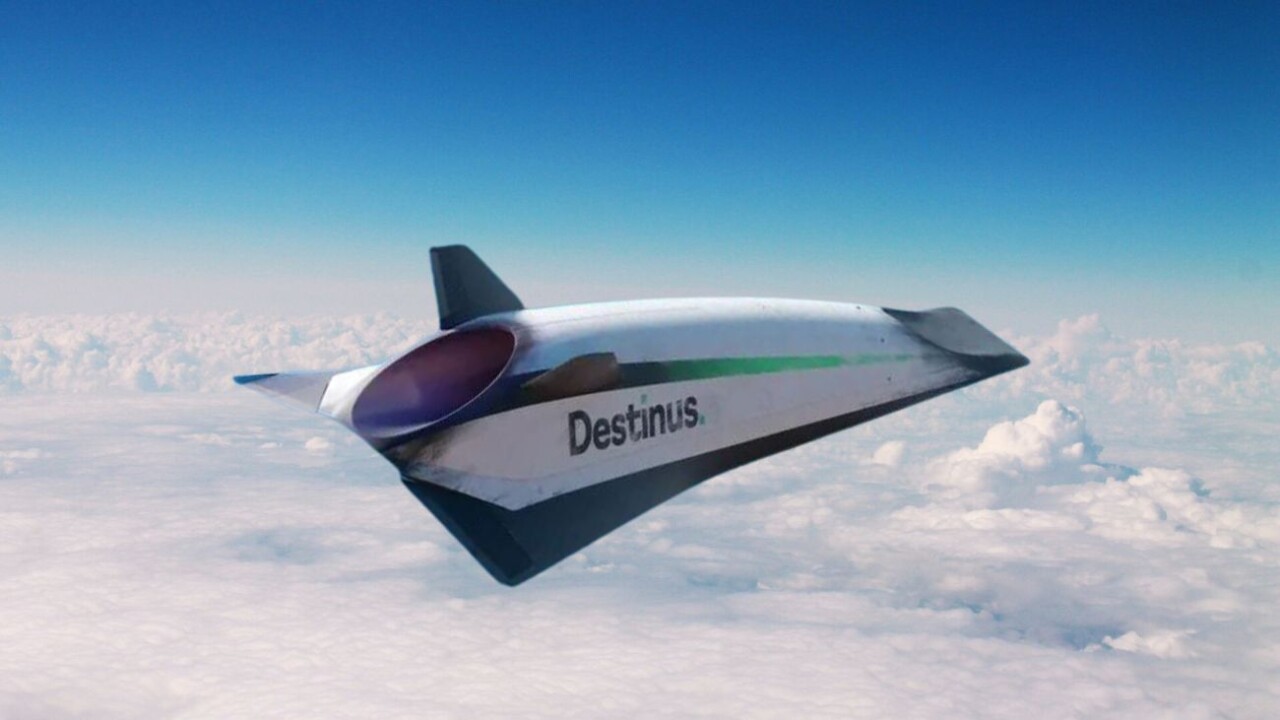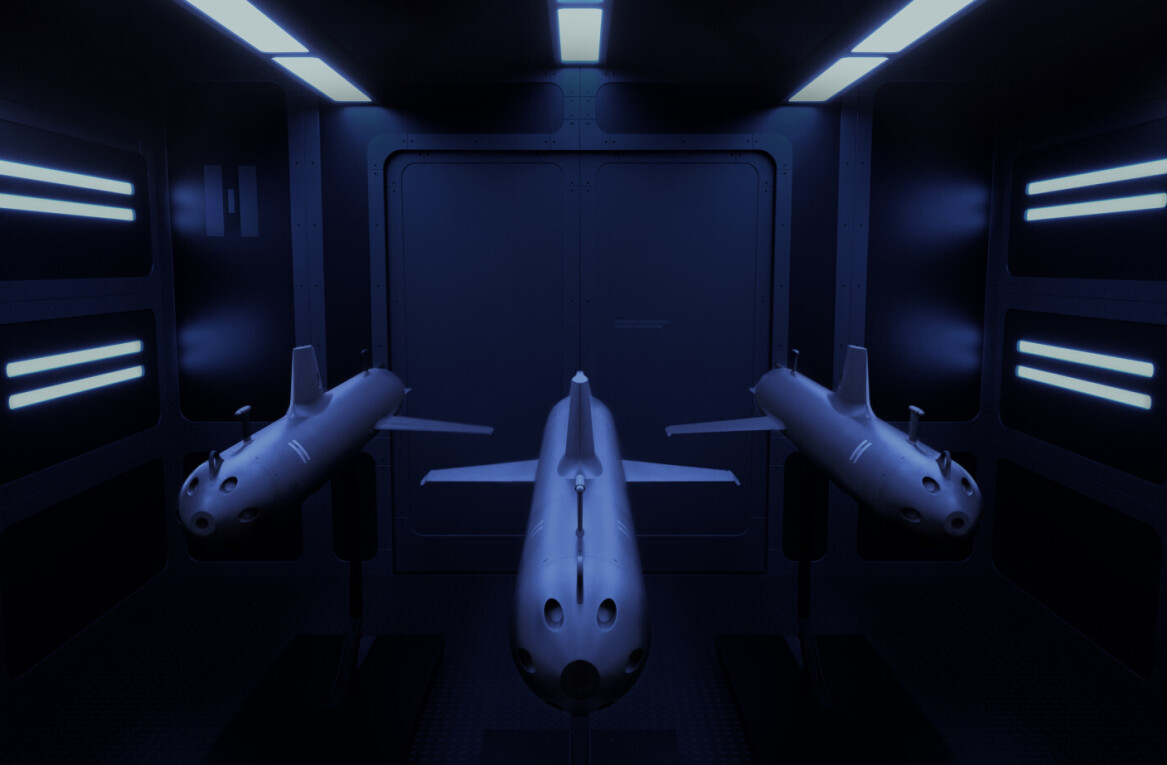
Flying across the world from Europe to Australia currently takes around 20 hours in a regular passenger jet.
But Swiss startup Destinus is looking to slash that time to just four hours — by taking jet travel to hypersonic speeds.
Founded by Russian-born physicist and serial entrepreneur Mikhail Kokorich, Destinus is developing a prototype hydrogen-powered aircraft capable of travelling at Mach 5 and above. That’s five times the speed of sound: over 6000 kph.
This would take you from Frankfurt to Sydney in just over four hours. London to New York? 90 minutes.
To achieve such speeds the aircraft would travel at altitudes of over 50km, right at the upper edge of the Earth’s atmosphere, where drag is significantly lower. The hypersonic aircraft would use hydrogen-fuelled air-breathing turbojet engines for takeoff and landing, with a separate ramjet rocket engine to take it to hypersonic speeds. The startup claims the jet — essentially half rocket, half plane — would be net zero carbon, only emitting heat and water vapour.
Destinus’ first aircraft, capable of carrying 25 passengers up to 7,500km will be ready by the end of this decade, projects Kokorich. Follow-on planes will be progressively larger, seating up to 100 passengers and beyond.
Destinus has been testing its prototype aircraft for the past couple of years, announcing successful test flights of its second prototype — Eiger — at an airport near Munich last year.

The company also recently received its share of two grants worth €27m from the Spanish Ministry of Science. The first grant (€12m) will help fund the development of a hydrogen engine test facility near Madrid, which will house the startup’s prototype aircraft. The second (€15m) will fund research into liquid hydrogen-powered propulsion systems.
“We are delighted to have been awarded these grants, especially because they are a clear sign that Destinus is aligned with the strategic lines of Spain and Europe to advance hydrogen flight,” said Davide Bonetti, VP Business Development and Products for Destinus.
“For deep tech companies like us, access to these EU recovery funds is essential to carry out advanced research and accelerate the innovation needed to be competitive on a global scale. With these grants, hydrogen-based solutions for aeronautical mobility will be one step closer to becoming a reality.”
The project is part of Spain’s push to be at the forefront of developing and producing hydrogen-based mobility in a number of sectors.
But don’t start planning your holiday just yet.
Hydrogen-powered aircraft are still very much in their infancy, and have been plagued by issues from the outset. Liquid hydrogen is four times lighter than jet fuel, meaning it requires four times the storage capacity on board, and big fuel tanks to match.
It is also currently 20 times more expensive than jet fuel, and is unlikely to become price competitive this decade. Moreover, international airports will need to build hydrogen infrastructure from scratch to accommodate the new aircraft — an effort they aren’t likely to undertake without guaranteed returns.
And things get even more complicated when taking these aircraft to hypersonic speeds. While we have travelled at hypersonic speeds before — the most recent being NASA’s test flight of the X-43 experimental unmanned hypersonic aircraft in 2004, which managed to reach a mindblowing Mach 9.6 — commercially viable hypersonic travel is still a long way off. There’s a lot that physicists don’t understand, particularly how to build a plane capable of withstanding the extreme heat.
While this is definitely a big reality check, it hasn’t necessarily deterred investors. VCs are pouring hundreds of millions of dollars into hypersonic startups such as Hermeus and Venice Aerospace. Airlines are also hopping on the superspeed bandwagon: last year, American Airlines committed to purchasing 20 Overture Jets, developed by US startup Boom Supersonic.
Researchers are also hard at work ironing out some of the technical hurdles. Scientists at the RMIT University in Melbourne recently developed 3D printed catalysts which they say can power hypersonic flight and act as a cooling agent to combat the extreme heat produced by hypersonic flight.
Get the TNW newsletter
Get the most important tech news in your inbox each week.





